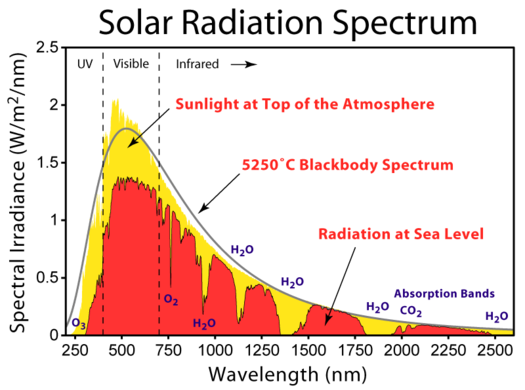Everything not at absolute zero gives off infrared radiation, we are taught.
Now I assume that doesn't apply to dark matter, and in general only to atoms as we are familiar with.
An atom by itself absorbs only specific frequencies, and this gives rise to spectral absorbsion lines.
Condensed matter in large collections of atoms will support phonons in the mass of electrons in the sample, and this fives rise to continuous spectra.
But what about clouds of neutral hydrogen? How can they give off black-body radiation at arbitrary temperature? Is the common teaching wrong, or are there other mechanisms (in which case the next-level teaching is wrong or incomplete)?
Edit: this question is probably covering it. The suggested dup does not.
Interesting that the comments and answers so far don't agree with each other or other posts, so I still wonder as to the authority of the answer. I'll summarize within a day after reading carefully.

